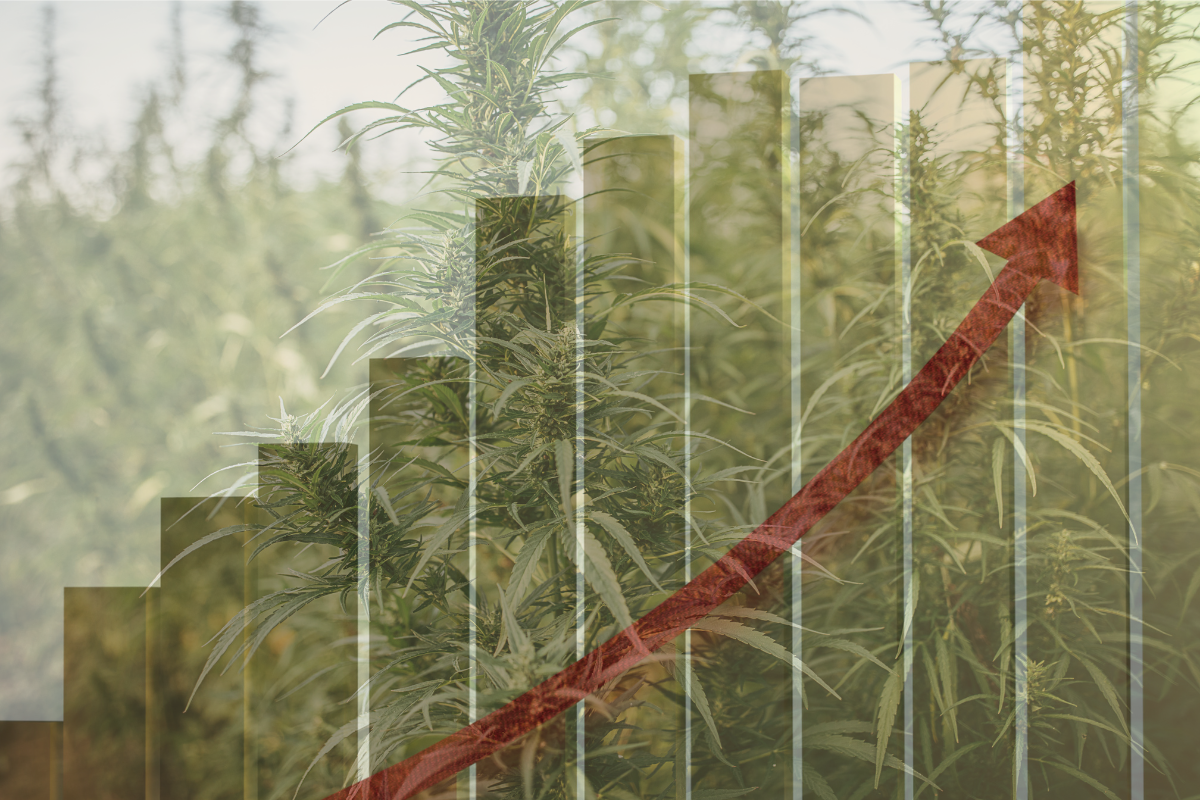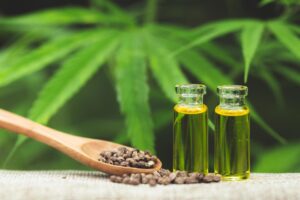The Hemp Market is on the cusp of a transformative era, blending agricultural tradition with modern innovation. As we delve into 2025, projections paint a vibrant picture of expansion, driven by diverse applications from textiles to wellness products. According to recent analyses, the global industrial hemp sector, valued at around USD 8.29 billion in 2023, is forecasted to surge to USD 46.41 billion by 2032, growing at a compound annual growth rate (CAGR) of 21.1%. This growth isn’t isolated; it’s intertwined with the broader cannabis landscape, where the U.S. legal market alone is expected to hit $45 billion by 2027, encompassing hemp-derived products that blur lines between industrial and intoxicating variants. Factors fueling this include rising consumer demand for sustainable materials— Hemp fibers are eco-friendly alternatives to cotton, requiring less water and pesticides—and the booming CBD segment, which saw U.S. sales exceed $4 billion in 2024. Yet, this optimism is tempered by regulatory hurdles and competitive pressures, making strategic navigation essential for stakeholders. The Hemp Market’s allure lies in its versatility: seeds for nutrition, stalks for building materials, and flowers for pharmaceuticals. By 2029, the market could reach USD 30.24 billion, propelled by advancements in breeding for higher yields and cannabinoid profiles. Europe leads in production, but the U.S. is catching up post-2018 Farm Bill legalization, with over 100,000 acres planted in 2024. This growth trajectory offers immense potential, but only for those who adapt swiftly to emerging dynamics.
Regulatory Rapids: Navigating Federal and State Shifts in 2025
As 2025 unfolds, the Hemp Market faces a regulatory whirlwind that could reshape its foundations. Federally, Congress is pushing to close loopholes in the 2018 Farm Bill, which defined hemp as cannabis with less than 0.3% delta-9 THC. A proposed bill in the House Appropriations Committee aims to ban virtually all hemp-based cannabinoid products containing any “quantifiable amount” of THC, including isomers like delta-8 and delta-10, and synthesized variants. This move targets intoxicating hemp products, which have exploded in popularity, generating billions in unregulated sales. The USDA has delayed enforcement of certain testing requirements until December 31, 2025, giving producers a brief reprieve to comply with stricter standards. Meanwhile, the FY2026 Agriculture Appropriations Bill seeks to redefine hemp by tightening THC limits and mandating new extraction and testing methods, potentially eliminating 70-80% of current market offerings. On the state level, adaptations are equally dynamic. Florida has imposed THC caps on hemp edibles, limiting servings to 5mg, while Ohio enforces stricter labeling and age restrictions for intoxicating products. Nebraska aligns CBD regulations with federal guidelines, and South Dakota expands hemp use in animal feed but bans certain synthetics. Virginia’s courts have upheld state bans on delta-8 sales, siding with local over federal ambiguities in recent lawsuits. These changes reflect a broader push to curb the “intoxicating hemp” gray area, where products mimic marijuana effects without Schedule I classification. Businesses must monitor bills like South Carolina’s S.137, which prohibits sales to minors and requires age verification. Overall, these shifts could consolidate the market, favoring compliant players while squeezing out smaller operators unable to afford revamped processes.
Saturation Storm: Tackling Overcrowding in the Hemp Arena
Hemp Market Saturation has emerged as a formidable challenge, turning abundance into adversity. Post-legalization, U.S. hemp acreage skyrocketed from near zero to over 500,000 in 2019, but by 2022, it plummeted 71% due to oversupply and crashing prices. Biomass values dropped from $40 per pound in 2019 to under $5 by 2023, as farmers flooded the market without adequate processing infrastructure, leading to waste and financial losses. This saturation is exacerbated by bad actors peddling mislabeled products, eroding consumer trust and prompting state crackdowns. Discrepancies in cannabinoid concentrations—often 20-50% off reported levels—pose quality control issues, complicating compliance and market entry. The intoxicating segment, while lucrative, faces extinction risks from bans, with seven years of boom potentially ending in 2025. Globally, similar patterns emerge: Europe’s mature market sees price pressures from imports, while Asia’s growth is stifled by regulatory inconsistencies. Lack of standardized data hinders informed decisions, with farmers grappling with unpredictable yields due to variable genetics and climate factors. Hemp Market Saturation also amplifies competition from synthetic alternatives and traditional crops, forcing price wars that squeeze margins to 10-15% for many producers. Yet, this storm reveals silver linings, pushing innovation in value-added products like hemp-based bioplastics, which could command premium pricing.
Survival of the Fittest: Adapting to Cutthroat Competition
In the fiercely competitive Hemp Market, adaptation is key to thriving amid saturation and regulations. Businesses can differentiate by focusing on niche segments, such as organic or craft hemp strains, appealing to eco-conscious consumers willing to pay 20-30% more. Leveraging technology—like AI for yield optimization and blockchain for traceability—enhances efficiency, reducing costs by up to 25%. Strategic partnerships, including with global seed brands incorporating exotic strains, can boost market presence and innovation. Data-driven pricing strategies help maintain margins; for instance, dynamic adjustments based on demand analytics have increased profitability by 15% in competitive states. Building strong branding through storytelling—highlighting sustainability or health benefits—attracts loyal customers, with successful campaigns lifting sales by 40%. Diversifying product lines into high-margin areas like pet CBD or textiles mitigates risks from saturation. Moreover, agility in regulatory compliance, such as investing in certified labs, positions firms as leaders. Scaling via mergers or tech integrations, like automation in processing, allows smaller players to compete with giants, fostering resilience in this evolving arena.
Harvesting Opportunities: Capitalizing on the $45 Billion Boom
Capitalizing on the projected $45 billion industry growth demands visionary strategies in the Hemp Market. By 2027, the U.S. cannabis sector, including hemp, could deliver $45 billion in legal sales, with global figures reaching $36.7 billion. Businesses should pivot to emerging trends like hemp biofuels, projected to grow at 18% CAGR, or nutraceuticals, tapping into a $10 billion subset. International expansion offers untapped markets; Asia’s hemp textile demand could add $5 billion by 2030. Investing in R&D for high-CBD varieties enhances product efficacy, commanding higher prices. Community engagement, such as farmer cooperatives, stabilizes supply chains amid saturation. Finally, advocacy for favorable policies can unlock further growth, turning regulatory challenges into competitive advantages for proactive enterprises.
Reference:
- Bradley, E., Hoots, B., Bradley, E., & Roehler, D. (2023). Unintentional ingestion of putative delta-8 tetrahydrocannabinol by two youth requiring critical care: a case report. Journal of Cannabis Research, 5(1). https://doi.org/10.1186/s42238-023-00176-x
- Cerino, P., Buonerba, C., Cannazza, G., D’Auria, L., Ottoni, E., Fulgione, A., … & Gallo, A. (2021). A review of hemp as food and nutritional supplement. Cannabis and Cannabinoid Research, 6(1), 19-27. https://doi.org/10.1089/can.2020.0001
- Helander, A., Johansson, M., Andersson, A., & Villén, T. (2021). Analytical and medico‐legal problems linked to the presence of delta‐8‐tetrahydrocannabinol (delta‐8‐thc): results from urine drug testing in sweden. Drug Testing and Analysis, 14(2), 371-376. https://doi.org/10.1002/dta.3190





